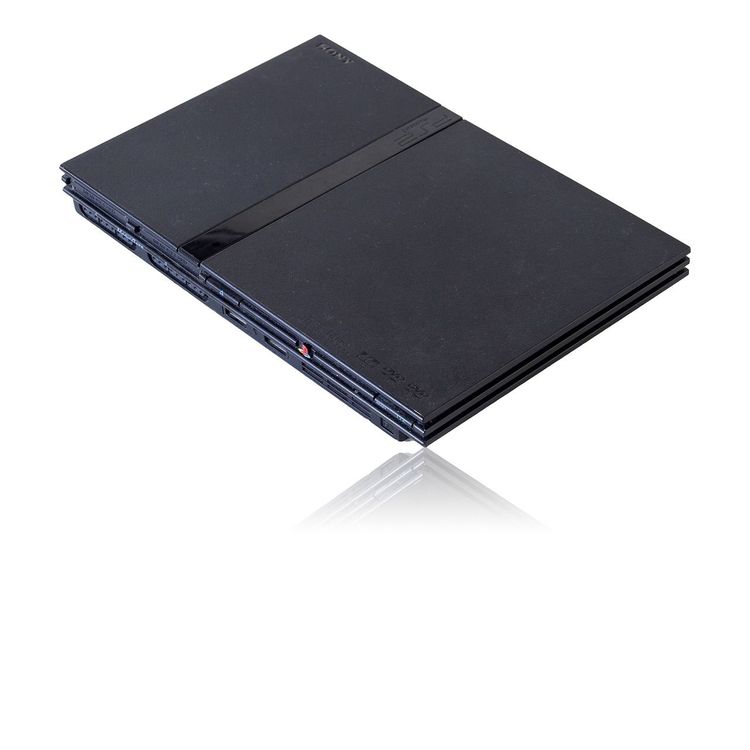AMD has introduced a new tool for PC users to create high-quality images on consumer devices equipped with their hardware. Amuse 2.0, now in beta, is a user-friendly package allowing consumers to generate images from scratch based on text inputs, existing images, or rough sketches, similar to Nvidia's GauGan tool.
In addition to creating images, users can develop their own AI filters to modify the appearance of existing images using generative AI. Amuse leverages Stable Diffusion XL, an open-source image generation model, to make custom image creation simple and fast for consumers.
The program boasts a simplified user interface, Ez Mode, minimizing the need for manual configurations. Users only need to download and install Amuse, followed by a one-click installation of Stable Diffusion XL.
Amuse identifies the PC's hardware automatically and configures it accordingly, streamlining the setup process for image generation. However, to ensure smooth performance, AMD recommends users have a Ryzen AI 300 series processor with a minimum of 24GB of RAM or an 8040 series processor with a minimum of 32GB of RAM.
While Amuse can function on lesser hardware, optimal performance is achieved with higher-end graphics units. Testing on a PC with an AMD Ryzen 5 3600 processor and an Nvidia GeForce GTX 1660 Super graphics card showed satisfactory results, but with longer processing times compared to using Stable Diffusion XL directly.
For beginners using Amuse, AMD suggests starting with the "Balanced" setting to strike a good balance between performance and image quality. As with most image generation platforms, outcomes may vary, leading to whimsical results like attempting to transform a dog into a distinguished gentleman wearing a top hat.
As a beta release, Amuse 2.0 is considered experimental software by AMD, cautioning users about potential bugs and unstable user experiences. Despite its current state, Amuse offers an exciting avenue for consumers to explore AI image generation possibilities on their PCs.







